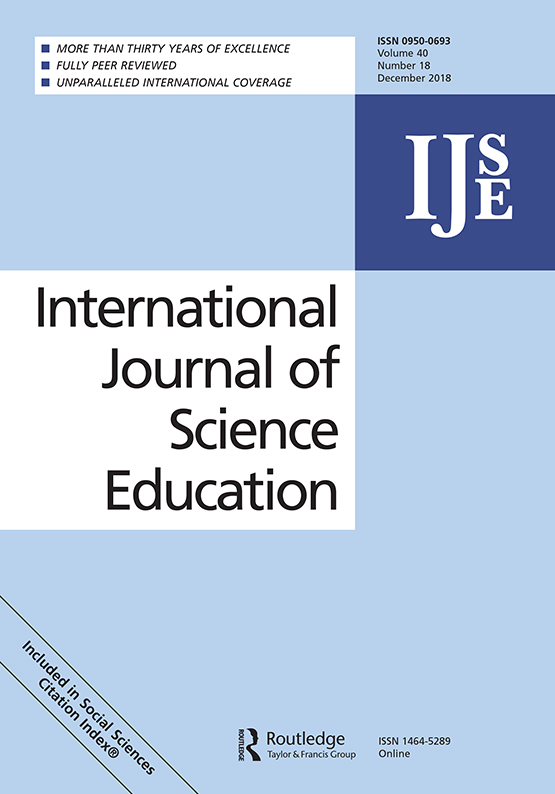tandfonline.com har udgivet en rapport under søgningen “Teacher Education Mathematics”:
ABSTRACT
ABSTRACT
According to international benchmarks [Thomson, S., Wernert, N., O’Grady, E., & Rodrigues, S. (2017). TIMSS 2015: Reporting Australia’s results. Retrieved from Camberwell, Victoria: www.acer.edu.au/timss], Australia’s science education is still in decline and so the need for further investigation into preservice teachers is warranted. Utilising data from a broader mixed methods doctoral study [Norris, C. M. (2017). Exploring the impact of postgraduate preservice primary science education on students’ self-efficacy. Retrieved from http://ro.ecu.edu.au/theses/2040], this paper investigates the type of science learner entering into postgraduate preservice primary teacher education and how different learner types influence teacher self-efficacy and their effectiveness to teach science [Bleicher, R. (2009). Variable relationships among different science learners in elementary science-methods courses. International Journal of Science and Mathematics Education, 7(2), 293–313. doi:10.1007/s10763-007-9121-8]. In this study, data was derived from a modified STEBI-B questionnaire and focus group discussions that provided a deeper insight into the survey data. Participants (N = 274) were from a one-year Australian Graduate Diploma of Education Primary (GDEP) program. Bleicher’s (2009) research on ‘science learner types’, which included Fearful, Disinterested, Successful and Enthusiastic learners, was used as a theoretical framework to categorise the participants. The study identified a new type of learner (Not Clearly Identifiable, n = 68), located in the middle of the other four categories, where individuals’ attitudes and beliefs towards science had changed due to life experiences between secondary school and their GDEP program. Statistical analysis showed science learner types did influence participants’ science teaching self-efficacy (STSE), giving suggestions for how this may affect tertiary teacher education courses.
